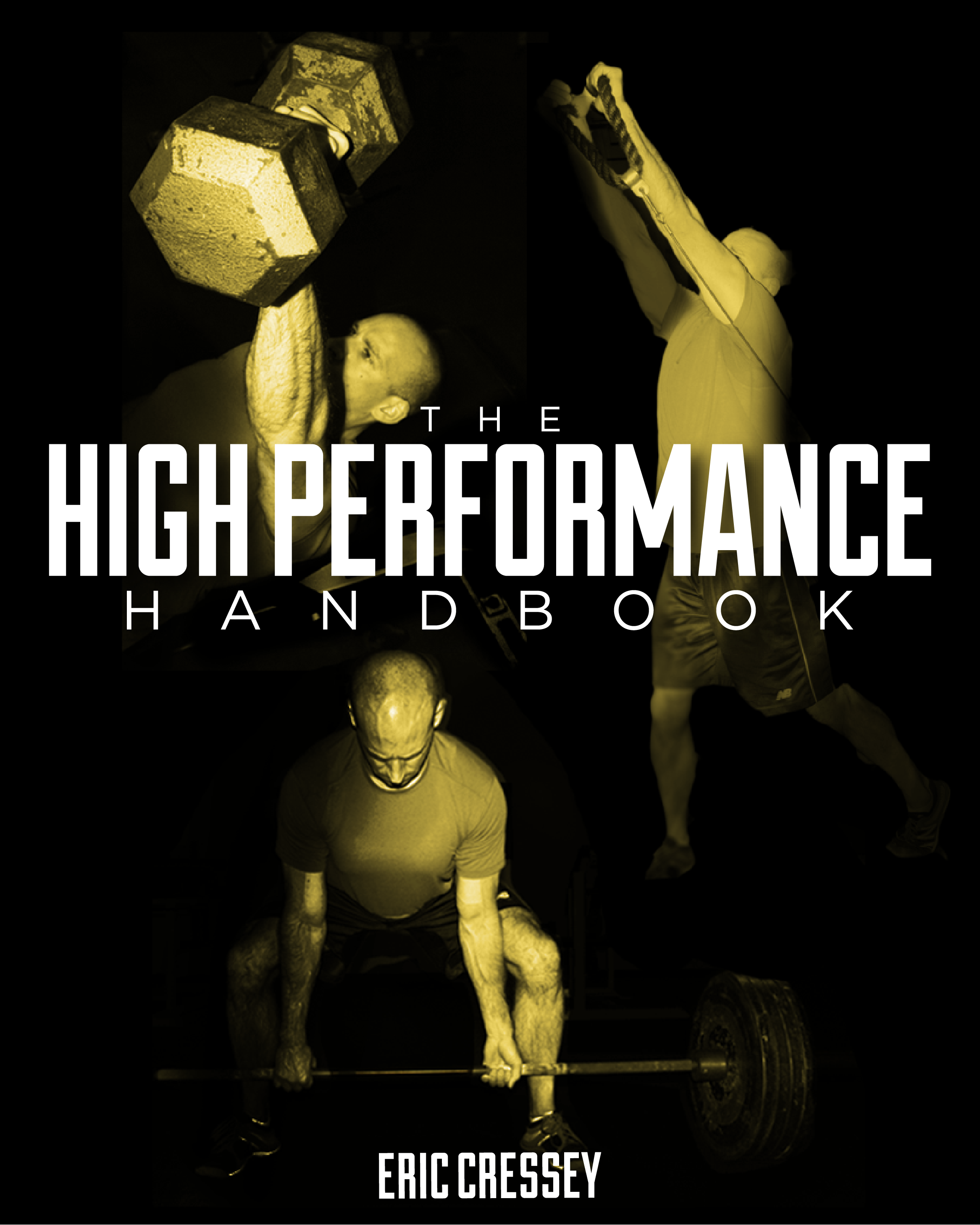
Thinking Concentric With Your Strength Training Programs
When it comes to strength training programs, the basics work. They always have, and they almost always will. However, sometimes, they don’t. The more advanced you get, the more often you’ll need to shake things up to ensure continued progress.
Sometimes this is as simple as taking a deload week, changing your exercise selection, undertaking a specialization program, or bringing in a hype guy to pad your ego.
With that in mind, I thought I’d use today’s post to introduce a way you can integrate some variety in your strength training programs to avoid plateaus and keep things interesting. That strategy is to go concentric-only. Let me explain.
The eccentric (lowering) portion of each rep is what causes the most muscular damage and post-exercise soreness. A common deloading strategy that many lifters have employed is to reduce the amount of eccentric work in a strength training program, instead utilizing concentric-only (or predominantly concentric) lifts. These strength exercises include deadlifts (uncontrolled eccentric or dropping the weight), high pulls, step-ups, sled pushing/dragging, and Anderson squats. Have a look at this video and let me know how much eccentric work I actually did:
Then, consider that a step-up variation under load allows a lifter to attain some of the benefits of single-leg training without all of the debilitating soreness one feels when sitting down to the toilet for the 3-4 days following walking lunges.
And, consider sled pushing. It might make you hate life and lose your lunch, but it won’t make you sore.
What folks might not consider is that this doesn’t just have to be a deloading strategy; it can also be a loading strategy. It goes without saying that if you are employing more concentric-only exercises, you can train more frequently. So, for those of you who are considering squatting or deadliting 3x/week in a specialization block, you might consider getting more concentric-only work in so that you can still groove movement patterns and load considerably, but without the same degree of tissue-specific damage.
Utilizing more concentric-only variations can also be very helpful with in-season athletes when you want to avoid soreness at all costs, as I wrote here. However, it’s important to note that this is not a long-term training strategy. Rather, it should be a short-term change of pace, as eccentric control is tremendously important for athletes and fitness enthusiasts alike. Experiencing eccentric stress is crucial to prevent injuries, performing at a high level, and building muscle mass. Nonetheless, start thinking about how some concentric-only work might help to take your strength training programs to the next level.
To take the guesswork out of your strength training programs, check out The High Performance Handbook.


